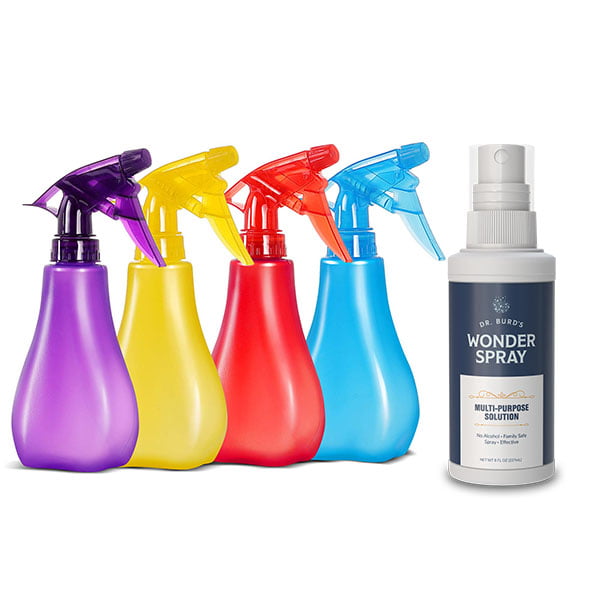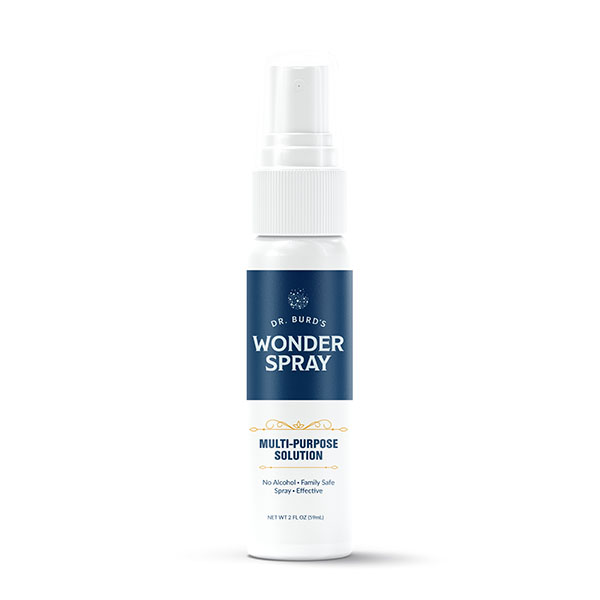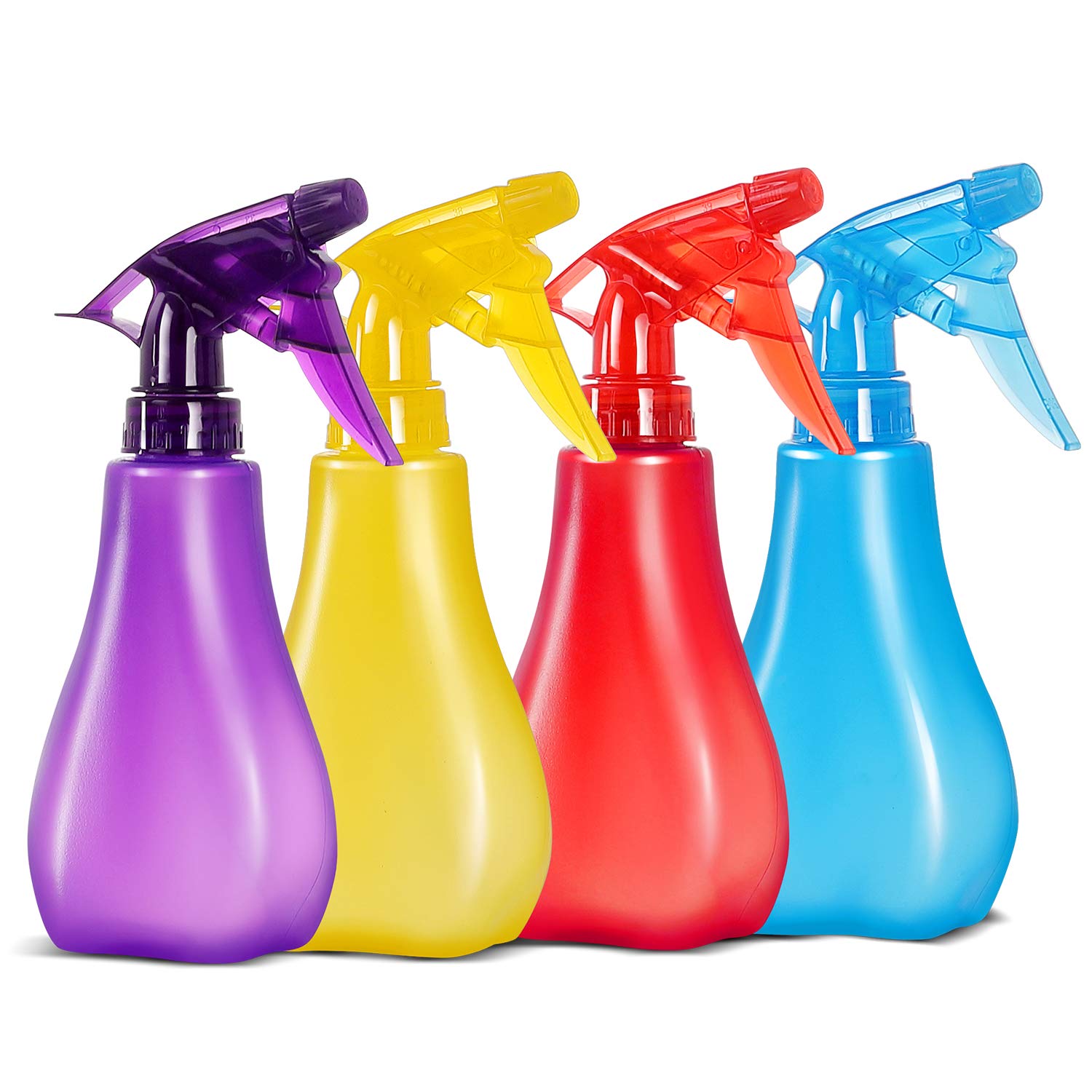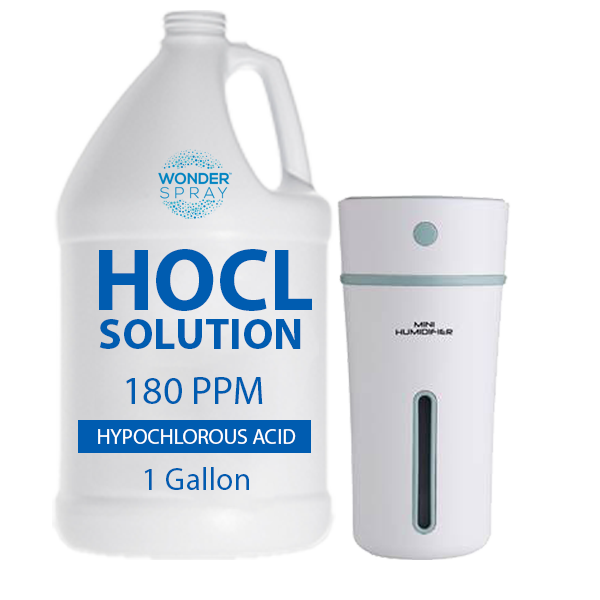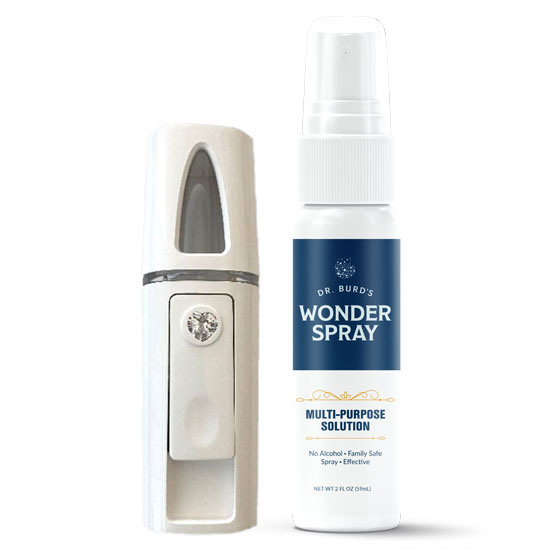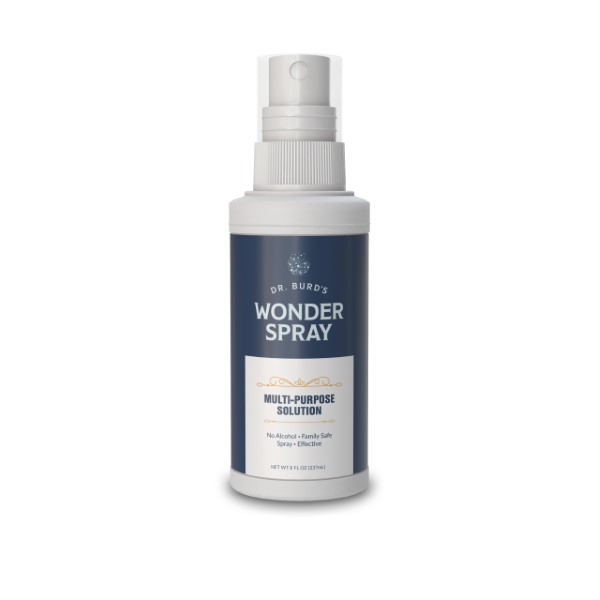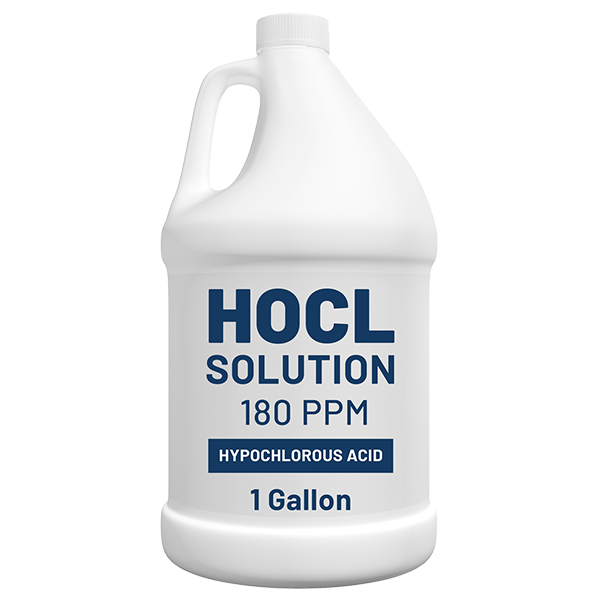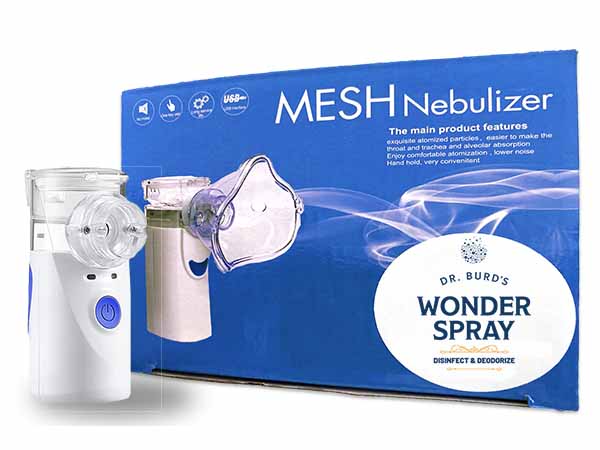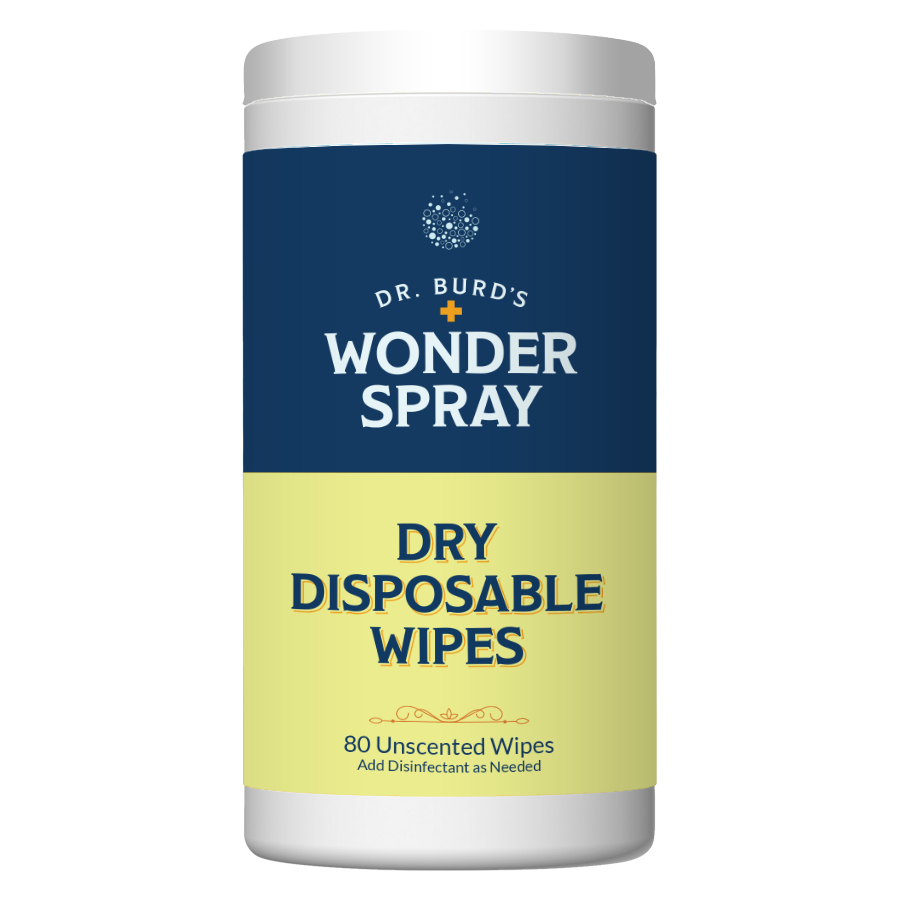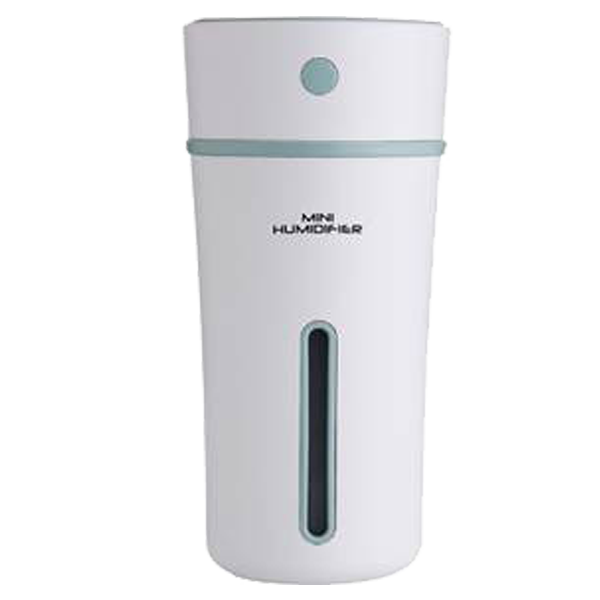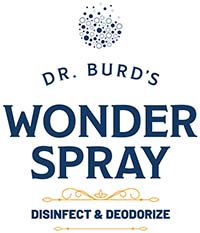[ad_1]
That bottle you buy in the grocery store to get your white clothes clean has a proper name – and it’s not chlorine bleach. This is a common misconception – the correct ingredient name is sodium hypochlorite. Bleach is a term for a class of chemicals called oxidizers. Oxidizers are highly reactive chemicals that will cause the breakdown of many organic compounds such as dyes, pigments and food stains leading to whitening or “bleaching” effect. This high degree of reactivity is beneficial in certain applications but it can also pose problems.
Most household bleach is made up of just 6% sodium hypochlorite. The rest of that gallon sized bottle is 94% plain H2O. The type of bleach the average pressure washer uses however is a higher industrial grade of 10-12% sodium hypochlorite. There are over 50 types of products from all over the world called bleach or bleaching agents – a loose term since the word in its simplest definition just means it will remove color. Dyes and pigments have alternating double molecular bonds that create color. The oxidizing reaction of bleaches breaks down these molecules at the double bond making their chromosomes shorter and therefore they absorb light at shorter wavelengths. This process makes what did have color now look white. Some bleaches or bleaching agents simply make the double bond a single one that does not allow the absorption of light as well.
A popular type of bleach in recent years is the less reactive and slower working Oxygen or Peroxygen Bleach, such as sodium percarbonate, persulfate or sodium perborate. These work by releasing oxygen but this time hydrogen peroxide is the active ingredient. Hydrogen peroxide bleaches have less bleaching action and are slower acting. This allows its use on many colored surfaces and colored fabrics.
Bleach, the Effect of Bubbling and Connection to France
Bleach is an alkaline solution created by bubbling chlorine gas, with electrolysis, through a solution of sodium hydroxide commonly called lye to adjust its pH to 12-13%. This adjustment improves its stability. Liquid hypochlorite bleach was first discovered in 1787 in France near Paris by a chemist named Claude Louis Berthollet. Bleach is known as Eau de Javel in France, after the village where it was first manufactured. It was originally used to whiten textiles and wasn’t until Louis Pasteur and his work with it at the end of the nineteenth century that it became widely used as a sanitizer and disinfectant. This is the biggest reason bleach is used in conjunction with pressure washing today – it’s great disinfecting properties and ability to kill and bleach out stains from molds, fungi and mildew. Bleach kills mold microbes by reacting (oxidizing) with and damaging their cell membranes and cell proteins. For normal surface disinfecting purposes solutions of 50-100 ppm (Parts per million) of bleach in water can be used. For removing mildew stains higher levels of 1-3% Chlorine are needed. For swimming pools 1-3 ppm Chlorine must be maintained. Chlorinated isocyanurates and calcium hypochlorite are powders that are more stabile than liquid bleach and for this reason are more commonly used in pools. When dissolved in water they form hypochlorite’s and act the same as liquid bleach. Bleach can remove color in amounts as small as 1-3 ppm with water. Did you know? Liquid bleach will slowly lose chlorine content with age with its exposure to air, and even faster in high heat or with sunlight exposure. That is why pool chlorine levels are constantly checked and why bleach bottles are never clear. Liquid bleach should be tightly closed and stored in a cool, dry and well-ventilated area. For example in the heat of the summer a 12% bleach solution can lose 1% in a week, down to 10% in two weeks and be as low as 8% in a month, but in the cold of winter that can be cut in half. This is what the makers of Clorox bleach say. “Bleach solutions need to be made fresh daily. Once diluted, bleach breaks down quickly-mainly into salt and water.”** And that “Clorox® Regular-Bleach should be replaced every year and stored as directed for optimum performance.”** For Pressure Washers it would be best to only purchase what you can use up in a few months time and to only mix up bleach cleaning solutions as needed and not to store in large amounts in clear or semi-clear containers out in the hot sun.
Mildew? Bleach Alone is Not Enough
For years bleach has been used by pressure washers alone with water to clean a surface such as a house or concrete that has mold and mildew satins. But bleach alone with water will bead and spotty application results can occur. The addition of a compatible detergent will allow the solution to “wet out” the surface giving even results. Be extra careful to be sure the detergent is suitable and labeled for use in Chlorine solutions. Contact the manufacturer of the detergent if you are not sure. Using an incompatible detergent can be dangerous! Another additive TSP (Tri-Sodium Phosphate) is recommended by some companies and industries such as the asphalt roofing manufacture association exclusively even today. In fact they recognize their bleach recipe as the only way to remove the black streaks that form on their roofing shingles. The black discoloration that is found to stain asphalt roofing material is in reality an algae or mold called Gloeocapsa Magma. The asphalt shingle is itself the food source for the algae. They recommend a bleach recipe that will safely remove the algae but only on the surface. Using a 12% bleach, the solutions range from one cup TSP, one gallon bleach and five gallons of water, to one cup TSP and 2.5 gallons each of bleach and water.* Molds have roots called hyphae, and once they penetrate under and into material surfaces they will just re-grow when the conditions are right again, which includes shade and moisture or water which bleach is 90% or more of. So even with the act of cleaning mold and mildew with bleach and water, that can give new fuel to the fire for a new cycle of mold growth to start. Please note that TSP has been banned in laundry products in some parts of the country mainly near the oceans such as in the Chesapeake, MD and San Francisco, CA areas. You may need to check with your local clean water authority before using products mixed with TSP that can be introduced to the water system. There is no real method to dispose of unused full strength bleach other than neutralizing the chlorine first and then lowering the pH before disposal. To do this properly you must take it to a RCRA listed generator or treatment facility.
Vegetation and Contamination -Beware
Bleach has a few concerns when used in pressure washing. The least of which is that if not sufficiently flushed and diluted by large volumes of water, run-off can kill vegetation, plants and grass surrounding the house, sidewalk or driveways. Bleach must also be properly stored and should usually never be mixed with anything but water or a specifically labeled, Chlorine compatible detergents. Never mix bleach with ammonia and ammonia based cleaning solutions. Mixing bleach with ammonia or nitrogen bearing compounds will produce extremely irritating and explosive compounds called Chloramines. If mixed with acids a less stable Chlorine solution is formed called hypochlorous acid that then will release toxic Chlorine gas into the air. Commercial bleach contains extra alkali in their formulations to keep the solution at a very high pH of around 12 to prevent the chlorine from becoming gaseous but acids can easily neutralize this excess. Mixing bleach with incompatible chemicals can lead to anything from minor irritations to skin, eyes, nose and throat to extremely hazardous situations of deadly fumes that will burn lung tissue leading to respiratory arrest or death or the generation of explosive gasses. You should never re-use containers that have previously held bleach for mixing or storing of any other chemical or cleaner for this very reason unless they have been rinsed well. When working with bleach for power washing, worker protection should be safety goggles, impervious gloves, apron and water proof boots over a long sleeve shirt and long pants. You also need to check the equipment you run bleach through regularly to make sure metal parts have not been compromised. Makers of Clorox® state “Many spray bottles contain metal parts in the trigger spray. Bleach will corrode these parts over time.”** It is always smart to rinse out all metal dispensing parts well with clear water and not to leave bleach solutions standing in them when not in use.
If properly handled and treated with respect, bleach is a friend to the pressure washing industry because of its disinfecting action, mold killing and bleaching ability.
*www.asphaltroofing.org, technical bulletin “Algae Discoloration of Roofs”
**www.clorox.com
[ad_2]
Source by Linda Chambers
